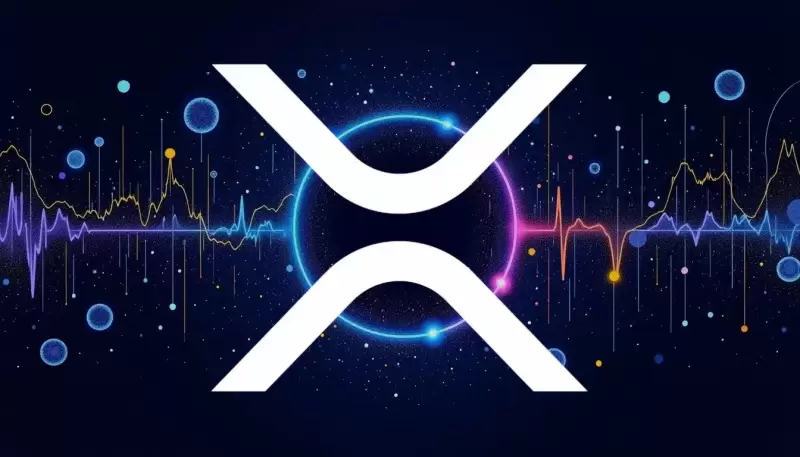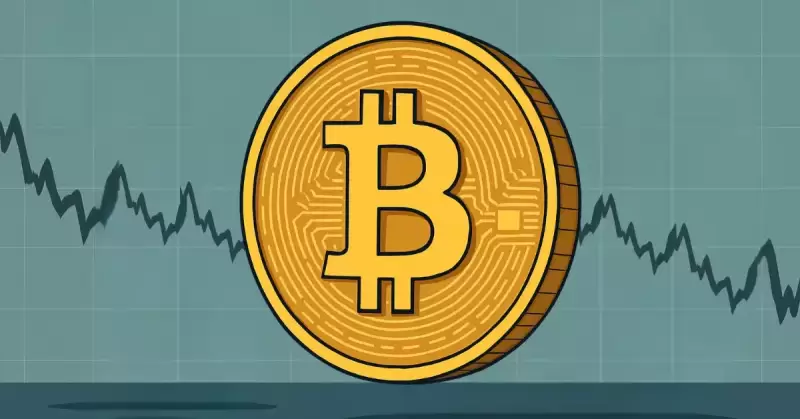 |
|
 |
|
 |
|
 |
|
 |
|
 |
|
 |
|
 |
|
 |
|
 |
|
 |
|
 |
|
 |
|
 |
|
 |
|
Nachrichtenartikel zu Kryptowährungen
Anonymizing Grant Proposals to Reduce Bias
Jan 08, 2025 at 05:30 pm

Despite receiving 25% of all federal research funding awarded to universities and colleges in 2021, just 11 U.S. universities are responsible for distributing the funds. Of these top research-funded universities, nine of them are located on either the East or West Coast. Only University of Michigan and University of Pittsburgh are representing the middle of the country. This trend has been consistent since 2010.
However, there are strong research programs at universities throughout the U.S. So why does such a small set of universities receive such a large portion of federal research funding? Is there bias toward these institutions or a hesitancy to criticize proposals from elite universities? Whatever the cause may be, the problem extends beyond federal research funding and also affects foundations that support research.
I’m the executive director of the Arnold and Mabel Beckman Foundation, where we provide basic science research grants with the vision of supporting young scientists today for tomorrow’s breakthrough discoveries. Our mission is to support “young scientists, and especially those that don’t yet have the clout to win major research grants.” One of my main objectives is to ensure that we solicit and evaluate all proposals using an inclusive, fair, and unbiased process. The Beckman Foundation’s success depends on our ability to identify and fund new exciting and innovative research ideas, and we believe that biases in our processes can impede us in accomplishing our mission.
Like many basic science funding organizations, we rely on peer review to evaluate and recommend the research projects that we consider for funding. One challenge in the basic sciences is the concentration of grant funding at relatively few U.S. institutions, and my colleagues and I have been concerned that our traditional peer review processes may be perpetuating this concentration.
Admittedly there are many benefits to continue funding established institutions that have made the investments in the infrastructure, research teams, and specialized equipment to conduct advanced research. But this also raises some concerns: Are we stifling research progress when only those with the access and connections to these elite institutions are able to participate? How many great ideas and breakthroughs do we ignore because they aren’t from the “traditional” places? Do the well-resourced institutions become less innovative if they get an advantage through our peer-review system for continued funding?
Of course, as a foundation focused on basic science, we turned to the data to examine the evidence and test our hypothesis. Starting in 2019, we did a detailed analysis of our own grant awards at the Beckman Foundation, and we saw a similar concentration of funding in our awards to the same institutions year after year. We asked ourselves: Are we identifying and funding the best scientific ideas, or does the institutional affiliation of an applicant unduly factor into our review processes?
This question led us change the proposal review process we used for our 2020 applications to a dual-anonymized structure to investigate if we saw any implicit bias in our reviews towards prestigious institutions. We then tracked our application statistics for the next four years of applications and saw a shift away from the prestigious institutions that enabled more applications from diverse universities to advance in our selection process. Our complete study methodology and findings are published in a 2024 eLife article.
In implementing this change, we required our applicants themselves to remove any gender, race, or institutional affiliation identifiers from their proposals. The reviewers were only provided with the anonymized research proposal without any supporting information about the applicant themselves.
Interestingly, we found a reduction in the relative advantage of applicants from the more prestigious institutions to advance in our review process after the anonymization step. Before anonymization, the proposals from elite institutions had 1.5 times greater-than-average chance of being selected to advance for further consideration, and after anonymization this advantage to advance dropped to only 1.2 times the average.
This shift in which proposals advance in our reviews brings forward more excellent scientific ideas from those not at these elite institutions to be included in the final stages of our review process to be considered for funding. The anonymization resulted in a reduction, but not elimination, of the advantage that the prestigious institutions had in our review process, likely indicating that the prestigious institutions do have an intrinsic advantage: Their researchers and resources put forward above-average and compelling research proposals. However, our finding that the likelihood for these proposals to advance was reduced showed us that these advantages of being associated with certain prestigious institutions were given undue influence in our review processes.
Ensuring that our review processes are fair and inclusive to all of our applicants regardless of their institution was the goal of our process change, but we also realized the additional benefits that the anonymized proposals were easier to read and evaluate, which reduces reviewer fatigue. During the review discussions we stayed focused on the innovation and the science in the proposal without additional discussions of perceived mentor status, publication rates, journal impact factors, and other ancillary topics.
Like all big systemic challenges, there are many possible solutions being explored. While we have focused on the dual-anonymized review approach, other
Haftungsausschluss:info@kdj.com
Die bereitgestellten Informationen stellen keine Handelsberatung dar. kdj.com übernimmt keine Verantwortung für Investitionen, die auf der Grundlage der in diesem Artikel bereitgestellten Informationen getätigt werden. Kryptowährungen sind sehr volatil und es wird dringend empfohlen, nach gründlicher Recherche mit Vorsicht zu investieren!
Wenn Sie glauben, dass der auf dieser Website verwendete Inhalt Ihr Urheberrecht verletzt, kontaktieren Sie uns bitte umgehend (info@kdj.com) und wir werden ihn umgehend löschen.
-

-

- Die Marktkapitalisierung von LVLUSD übertrifft 100 Millionen US -Dollar und erzielt in weniger als einem Monat eine Wachstumsrate von 129%
- Apr 03, 2025 at 07:40 pm
- Am 26. März übertraf die Marktkapitalisierung von LVLUSD 100 Millionen US -Dollar und erreichte in weniger als einem Monat eine Wachstumsrate von 129%. Als StableCoin wird LVLUSD als bemerkenswerter Spieler herausgestellt.
-

-

-

-

-

-

- 4 neue Kryptowährungen zum Kauf des Dips, der Faktorierung von Anwendungsfällen, der Dynamik und den Markttrends
- Apr 03, 2025 at 07:25 pm
- Diese Liste beleuchtet vier der besten neuen Kryptowährungen, die jetzt kaufen können, und berücksichtigen Sie in Anwendungsfällen, der Dynamik und breiteren Markttrends.
-



























































